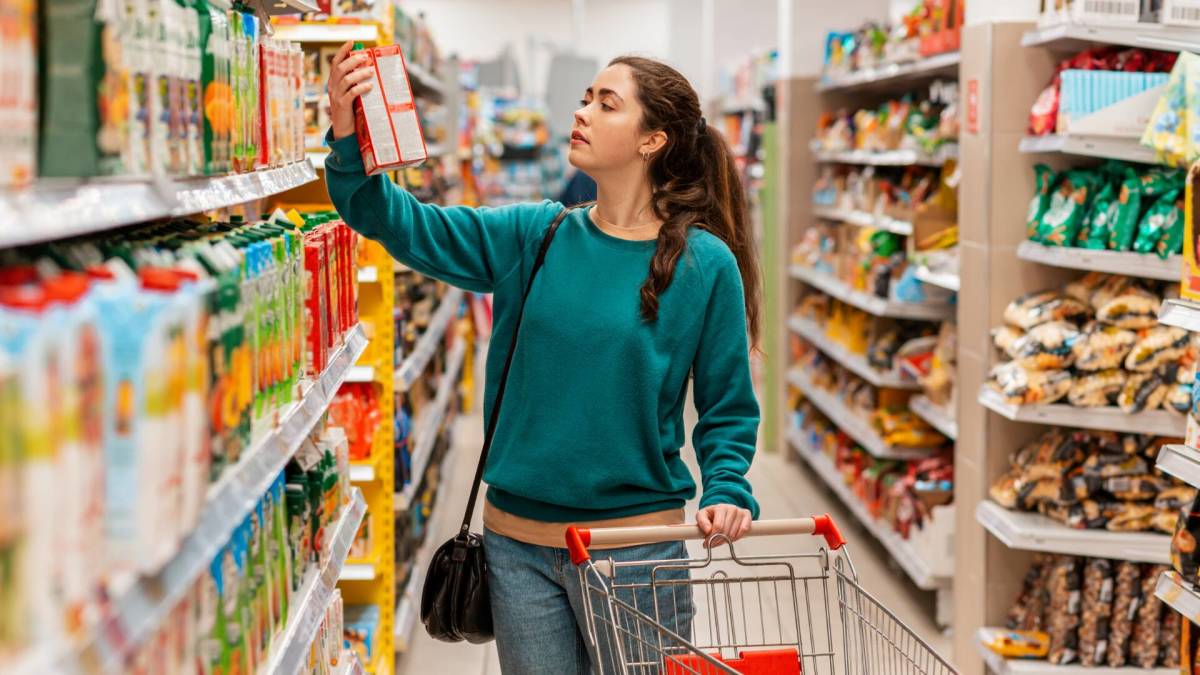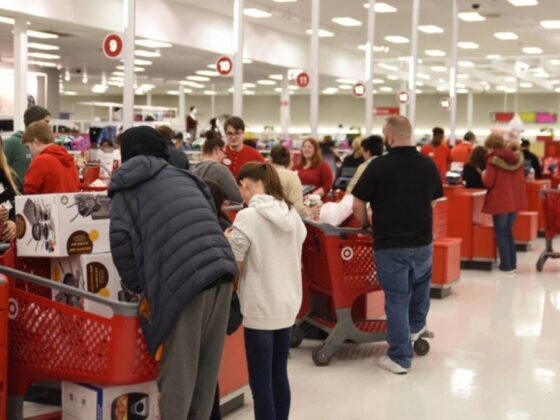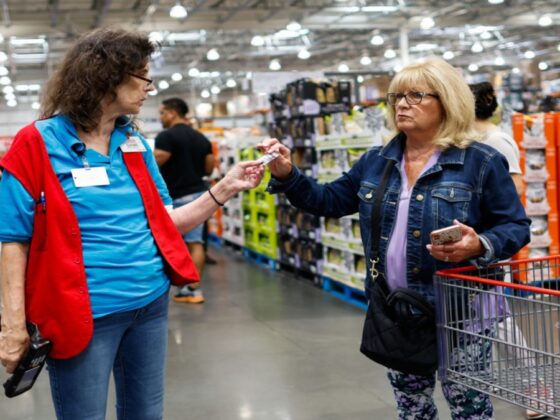Surge pricing is infuriating. Whether you're watching your Uber or Lyft fare double during a storm, or following a concert or game, or realizing an airline ticket is suddenly twice as expensive as it was the day before, the worst thing about surge pricing is that you often have no choice but to pay it.
Now, U.S. lawmakers fear grocery stores could inflict that same frustration.
💰💵Don’t miss the move: SIGN UP for TheStreet’s FREE Daily newsletter💰💵
With inflation stretching household budgets and food prices stubbornly high, consumers are already on edge. The last thing anyone needs is the price of milk, eggs, apples, and bread fluctuating by the minute.
Inflation fatigue: Shoppers feel the pinch
U.S. consumers have grown weary after more than three years of rising prices. As of June 2025, the Consumer Price Index (CPI) stood at 2.7% year-over-year, slightly up from May, with food prices rising about 3%.
Earlier in the year, January's CPI jumped to 3.0%, driven by a 15% surge in egg prices, while “food at home” inflation hit its highest annual gain since 1981 at 8.6%.
Year-ahead inflation expectations fell for a second straight month, dropping from 5.0% last month to 4.4% this month. Long-run inflation expectations receded for the third consecutive month, falling back from 4.0% in June to 3.6% in July, according to the University of Michigan consumer sentiment index.
Both readings are the lowest since February 2025 but remain above December 2024, indicating that consumers still perceive substantial risk that inflation will increase in the future.
Related: Costco's milk has a secret that most shoppers don't know
Out in the real world, Supermarket News reported in April that worries over rising grocery prices hit 60% of respondents, with confidence sliding as households brace for continued cost increases.
In some corners of the world, electronic shelf labels are making consumers even more wary about rising prices.
What are electronic shelf labels?
Electronic Shelf Labels (ESLs) are digital tags replacing paper price stickers and paper shelf tags in grocery aisles. Prices can be updated instantly across an entire chain via software. Retailers like them because they allow them to cut labor and reduce paper waste.
In Norway, REMA 1000 now changes prices on items like milk or eggs up to 100 times a day, racing competitors by shaving cents at a time, according to Canadian Grocer. In the Netherlands, Albert Heijn dynamically discounts items near expiration several times daily.
U.S. grocers insist they're not using surge pricing
Retail leaders like Kroger, Walmart, Whole Foods, and Lidl US are expanding their use of ESLs — but emphasize it's for efficiency, pricing accuracy, and waste reduction, not for hiking prices on the fly, according to the Wall Street Journal.
- Kroger says it has no plans to use dynamic pricing.
- Whole Foods, in pilot stages, also denies intentions for real-time pricing.
- Lidl US says markdowns remain manual and are only applied near expiration.
Lawmakers sound the alarm on electronic shelf labels
Despite those assurances, lawmakers remain skeptical. Last year, Senators Elizabeth Warren and Bob Casey warned Kroger that digital tags could enable price hikes during periods like Thanksgiving and Christmas or even softer holidays such as the Fourth of July, or during weather events like hurricanes or snowstorms.
Consumers on social media fear that products such as ice cream could become more expensive on hot days or that party supply prices might spike before celebrations.
Lessons from Europe: dynamic pricing vs. surge pricing
Experts say Uber-style surge pricing in grocery stores is unlikely. In a study published in the Journal of Marketing Research, UT Austin Retail Technology Professor Ioannis Stamatopoulos explains that real-time demand detection in physical aisles is difficult, and raising prices mid-shop would risk backlash and lost business.
Given current economic conditions — persistent inflation, food costs rising faster than wages, and squeezed consumer sentiment — shoppers are especially sensitive to price surprises.
Related: Wendy's wins honor no restaurant wants (reconsider that Baconator)
In the U.S., hundreds of Walmart stores already use ESLs, and the company will reportedly have them at all 2,600 stores by the end of 2026, according to The Robin Report.
Walmart insists the company won't employ surge pricing.
Yet as the technology spreads, so will scrutiny. Lawmakers, researchers, and consumer groups will continue to monitor how digital labels are used. After years of sticker shock at the supermarket, consumers — especially stretched ones — won't tolerate unexpected hikes.
Lower prices at the touch of a button is a powerful idea. But with inflation still biting, the last thing anyone wants is to pay more for groceries just because it's peak time.













